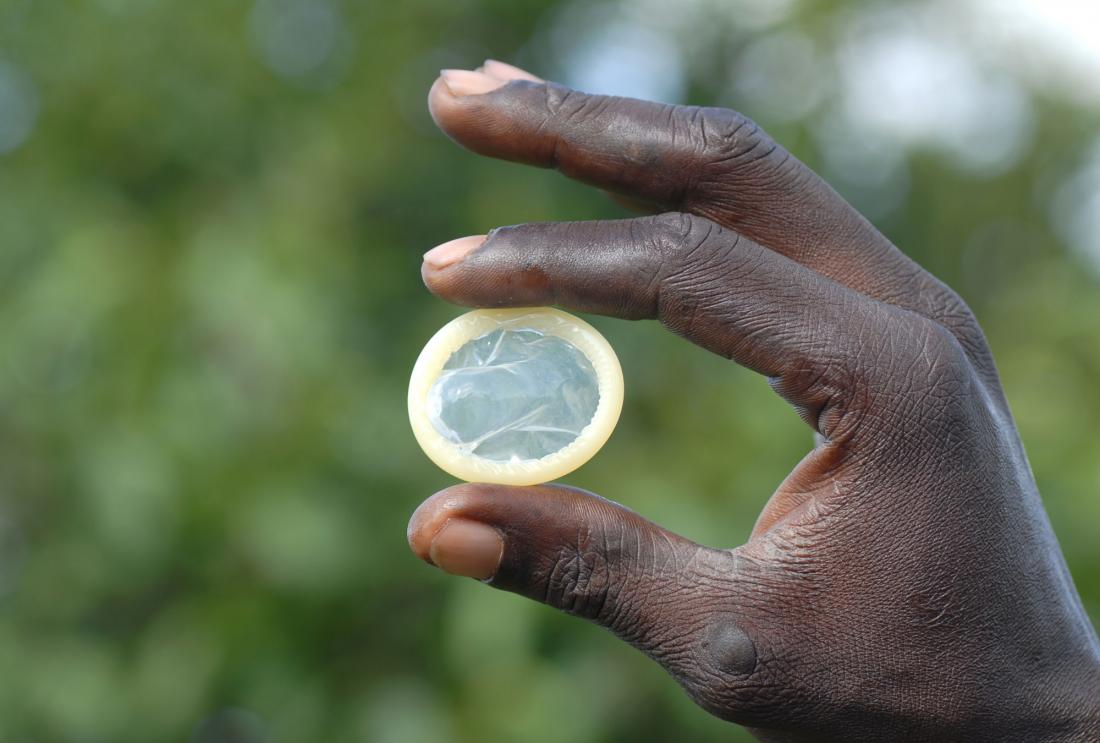The Impact of VCT and Condom Distribution as HIV Prevention Strategies Among Youth in Kenya
- Youth
- HIV/AIDS
- Sexual and reproductive health
- Information
- Preventive health
Policy issue
The vast majority of new HIV infections occur in sub-Saharan Africa, where nearly 2 million people become infected with HIV/AIDS every year. Forty-five percent of these new HIV infections occur among people under 25 years old, and nearly all of them are due to unprotected sex. Ensuring the adoption of safer sexual behavior among youth is critical to keeping the new generations free of HIV.
The objective of this project is to examine, through a large randomized controlled trial, the impact of two HIV prevention strategies among a youth population in Kenya. The two strategies to be tested are: Voluntary Counseling and Testing for HIV (VCT), and condom distribution.
- VCT is a critical entry point for access to HIV/AIDS treatment and care, and is being scaled up in many countries. But VCT could also be a powerful prevention tool. By providing personalized counseling as well as information about high-risk behaviors, VCT could motivate people to adopt safer sexual behavior and prevent transmission of HIV. This could be particularly important for adolescents and young adults, who typically have had their sexual debut but might not have perfect information about HIV risk. They are often still HIV-negative, and might be better able to change their sexual behavior.
- Despite strong evidence of the biological effectiveness of the male condom as an HIV prevention strategy, condom use continues to remain low in many countries. Several factors, such as low availability, cost, lack of education about condoms and how to use them, and relationship factors contribute to low usage. This study examines whether free and easy access to a large quantity of condoms can result in a reduction of risky behaviors and a decline in transmission of STIs among youth.
Context of the evaluation
Kenya has the 10th largest HIV infected population in the world – nearly 7% of Kenyans are infected.1 The study is being implemented in four districts of Kenya’s Western Province (Butere, Mumias and Bungoma South and Bungoma East), spanning an area of approximately 50,000 square kilometers. Since about 45% of all new infections worldwide occur in youth aged 15-24 years, this study focuses on young people (both men and women). The sample is composed of approximately 10,000 youths (half of them female) who were 17 to 22 years old in 2009.
Despite the expanding implementation of VCT, an estimated 80% of Kenyans living with HIV are unaware of their status. Take-up of VCT in traditional settings (such as government health centers) is low. As such, several alternative models of VCT service provision, including mobile VCT, workplace VCT and home-based VCT are being explored. This study has used both mobile VCT and VCT within homes, and has achieved a very high take-up (85% of the people who were offered VCT accepted it).
Condom usage in Kenya is also relatively low. Only 24% of women aged 15-49 who reported multiple partners in the last 12 months used a condom during their last sexual encounter. Despite significant efforts to increase availability of free male condoms, recent data suggest that condom distribution remains low, with on average 0.71 condoms distributed per eligible person per year.

Details of the intervention
A detailed baseline survey was administered to 10,420 youths (about ½ of them girls) between March 2009 and July 2010. All respondents were tested for Herpes (HSV-2) and for HIV (via anonymous linked testing) during the baseline. The prevalence rates for HSV-2 and HIV were 8.5% and 0.5%, respectively.
Among those surveyed at baseline, 25% had been randomly pre-selected to be offered VCT, 25% had been randomly pre-selected to receive free condoms, and 25% had been randomly pre-selected to receive both VCT and free condoms.
Those pre-selected for VCT were offered VCT right after the baseline survey had been administered. Eighty-seven percent of them consented. The consent rate was slightly higher among girls than among boys.
Those pre-selected for free condoms were offered three boxes of 50 condoms each, right after VCT (if also sampled for VCT) or right after the baseline survey had been administered. Not all respondents offered condoms took them. Seventy-one percent took all 150 condoms, 19% took only some of them, and the remainder, 10%, refused to take any condoms. The acceptance rate was much higher among boys. While 87% of boys took all the condoms and only 5% took none, only 52% of girls took all 150 condoms and 15% took none.
A follow-up survey will be conducted in 2011-2012. The survey will include detailed questions on sexual behavior, including sexual debut, number and type of partners, and condom use, as well as detailed questions on beliefs regarding HIV transmission, own HIV status, and own exposure to risk. Crucially, the follow-up survey will also include HSV2 and HIV testing.
Results and policy lessons
Results forthcoming.
1 CIA World Factbook, “Kenya”. Available at https://www.cia.gov/library/publications/the-world-factbook/geos/ke.html